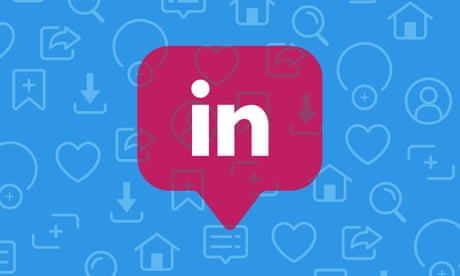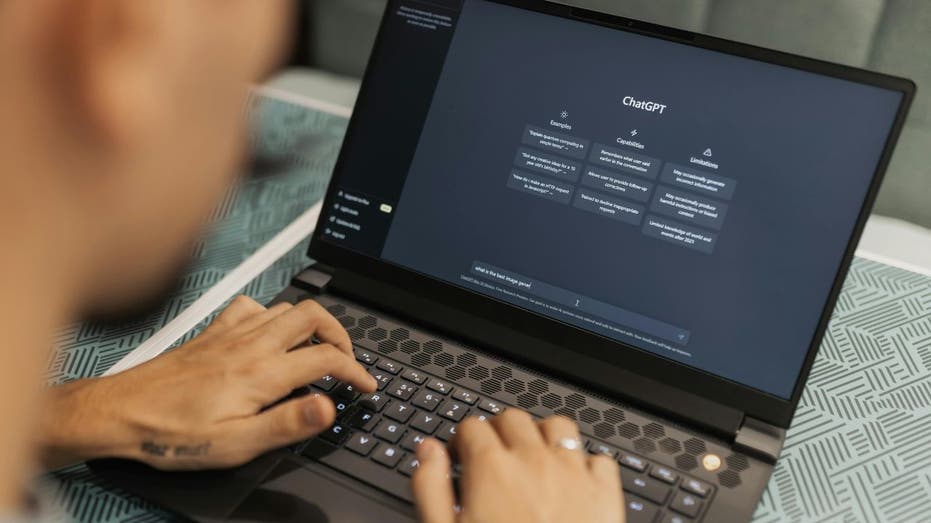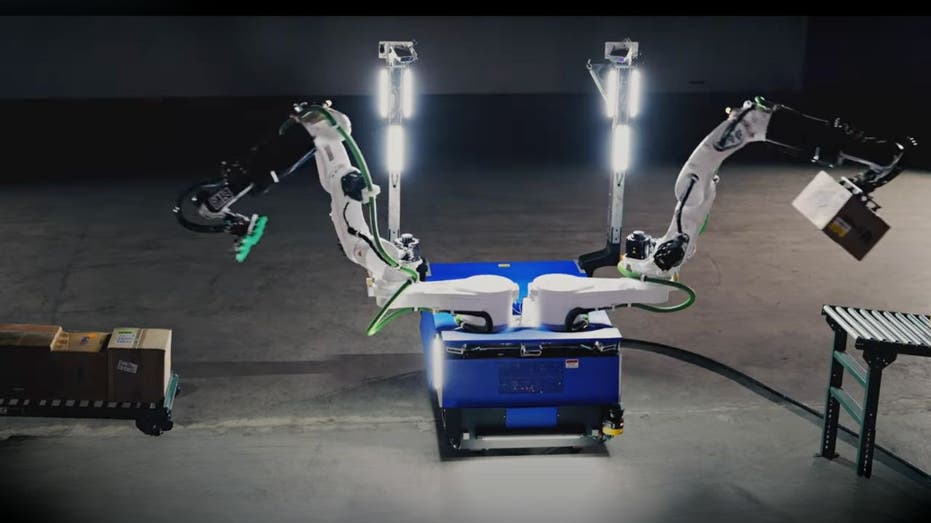- by foxnews
- 08 Apr 2025
Job’s a good’un: how LinkedIn transformed itself into a gen Z-friendly social media contender
Job’s a good’un: how LinkedIn transformed itself into a gen Z-friendly social media contender
- by theguardian
- 14 Mar 2022
- in technology

If you heard that there's a social network attracting 200 new users every minute, has its users making 9,000 new connections, and which says that the often hard-to-reach gen Zers make up a growing fraction of that new activity, you would probably think it must be Snapchat, TikTok, or some new social network that you have never heard of - but you would be wrong.
One further official company statistic would make the answer glaringly obvious: the site also handles 4,500 job adverts every minute, and claims that six people actually get a new job each minute too. With that detail, it could only be LinkedIn - the social media network many of us tend to forget exists.
LinkedIn can be accused of many things, but being cool is rarely one of them. As a social network centred on work - and owned by Microsoft, still a hugely successful tech company but seen as something of a 90s relic - it has a reputation for earnestness bordering on naff.
TikTok and Instagram dominate the cultural conversation, Facebook still has the largest user base and Twitter is the social network journalists spend far too much of their time on - leaving LinkedIn often unregarded.
The flipside of that, though, is that as we've had a backlash against big tech and the dangers of social media, LinkedIn has escaped the bad press almost entirely. We might worry about Mark Zuckerberg spying on us - to the point where he's not just a household name, but the butt of jokes in comedy sketches across the world - but most of the surveillance on LinkedIn is carried out by other users, whether it be for genuine work-related reasons or for nefarious purposes, such as learning about someone you've matched with on a dating app.
It helps that LinkedIn doesn't need to track your activity across its site, app and the web in the openly invasive way that Facebook does in order to monetise your activity on its network. Because it has a clear work focus, LinkedIn can make money directly from users allowing it to message strangers, and it can make still more money from recruiters, as it's by far the most obvious tech platform on which to advertise jobs.
But that need to appeal to gen Z - a group that we are told wants a very different relationship with the world of work - is persuading LinkedIn to retool its site, pivoting towards video and other new features to attract the younger demographic. Can the work-based social network have it all? Can it keep its old users while gaining new ones and continuing to avoid the backlash that's hit other networks?
It's certainly the case that posts that cut through on LinkedIn are very different to what lands anywhere else - often to the point that they then go viral on other social networks for all the wrong reasons. Indeed, Reddit has an entire forum dedicated solely to LinkedIn posts.
Other "inspirational" content includes sharing memes of apparently random acts of kindness, such as an exam paper with a handwritten note at the end stating, "If you could, can you give my bonus points to whoever scores the lowest?" shared with the caption, "More of this, please #kindness".
The earnestness, in one sense, is part of LinkedIn's strength: it is a professional social network, and so doesn't lend itself to strong opinions, trolling or abuse - people self-censor to a much greater degree on LinkedIn than other networks, making moderators' jobs easier, but leaving people fishing for things to post (hence the banalities).
When the workforce still includes some boomers, virtually all of gen X and millennials, and now increasing number of gen Zers, recruitment and even self-promotion can require speaking several different online languages.
Having come of age during the Snapchat and TikTok era, gen Z have an affinity for video not matched by any of their peers - making it essential for even professional purposes. In an interview with the Wall Street Journal, LinkedIn CEO Ryan Roslansky explained having to amend his site.
"We're seeing a lot of gen Z join the network right now," he said. "They're much more interested in portraying themselves through video or through a much more robust profile than maybe older generations."
LinkedIn had previously experimented with a Snapchat/Instagram-style "stories" video feature, but dropped it unceremoniously more than a year ago owing to lack of demand. Its new efforts to incorporate video are more centred on video profiles and longer-form video. If you've seen Legally Blonde, you may remember that Elle inexplicably applied to Harvard via video. LinkedIn video profiles are that idea made real - and often just as cringeworthy. The site even offers "topic prompts" to help people record a memorable profile video.
In the past year the platform has added a number of features geared to attracting and retaining users, none are particularly original but they attempt to imitate career and workplace content that users may be enjoying on other services. A newsletter feature was rolled out to qualifying members in November and in February it added a podcast network, which will include a show from co-founder Reid Hoffman called The Start-Up of You. In January it debuted a Clubhouse-type live audio feature and soon a new video live events platform is promised, allowing users to host conferences, "fireside chats" and the like entirely on LinkedIn. Meanwhile, tweaks are being made to accomodate changing attitudes, post-pandemic, to work-life balance. For example, to overcome the stigma often associated with career breaks, the platform now suggests a dozen ways for people to explain gaps in their CV, from "personal goal pursuit" to "full time parenting".
Another feature designed to appeal to gen Z is the ability to block all "political" content from users' feeds, on an opt-in basis. But by using algorithms to shield its users from content political or otherwise, LinkedIn risks embroiling itself in another set of arguments that can quickly turn toxic.
This is a political decision in itself and another example of how navigating the generational waters is a tricky task, even for an 18-year-old social network. Social media consultant Matt Navarra believes LinkedIn has done a good job of keeping off-radar for a few years and then got on with adapting its features for the post-Covid world.
"There's been a change in the way the world operates in terms of employment," says Navarra. "LinkedIn has had to adapt to it [but there is] a huge opportunity there. And so they've added lots of features to help freelancers, creators, people who work from home, and bolstering their video output [is part of that]."
There is a chance of LinkedIn becoming the first social network to be used in the same way by four different generations, perhaps giving it the most certain prospect of long-term success. That would make LinkedIn the tortoise to Facebook's hare. Now tell me that wouldn't make a good #inspirational LinkedIn status update.
- by foxnews
- descember 09, 2016
Ancient settlement reveals remains of 1,800-year-old dog, baffling experts: 'Preserved quite well'
Archaeologists have recently unearthed the remarkably well-preserved remains of a dog from ancient Rome, shedding light on the widespread practice of ritual sacrifice in antiquity.
read more





